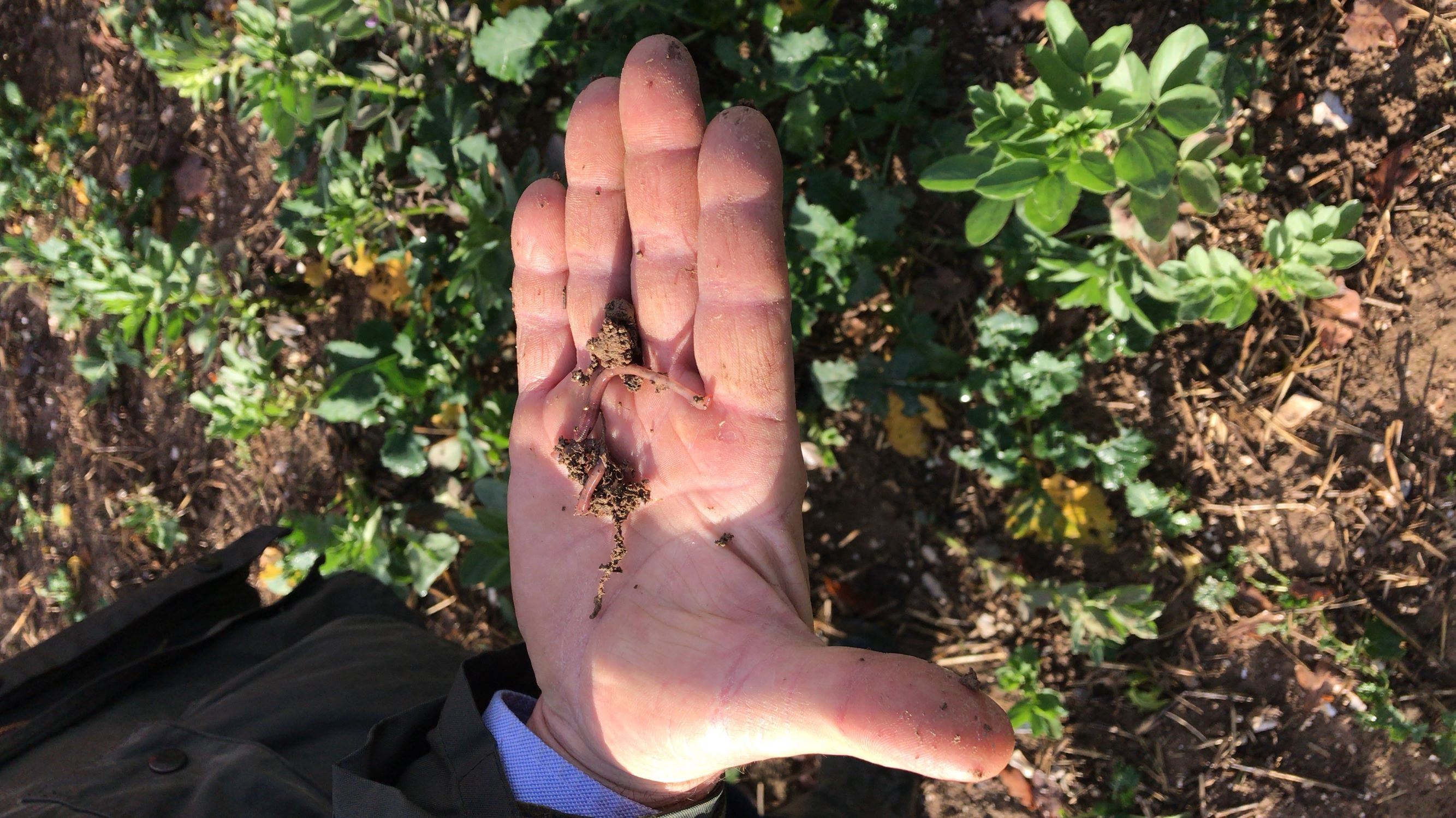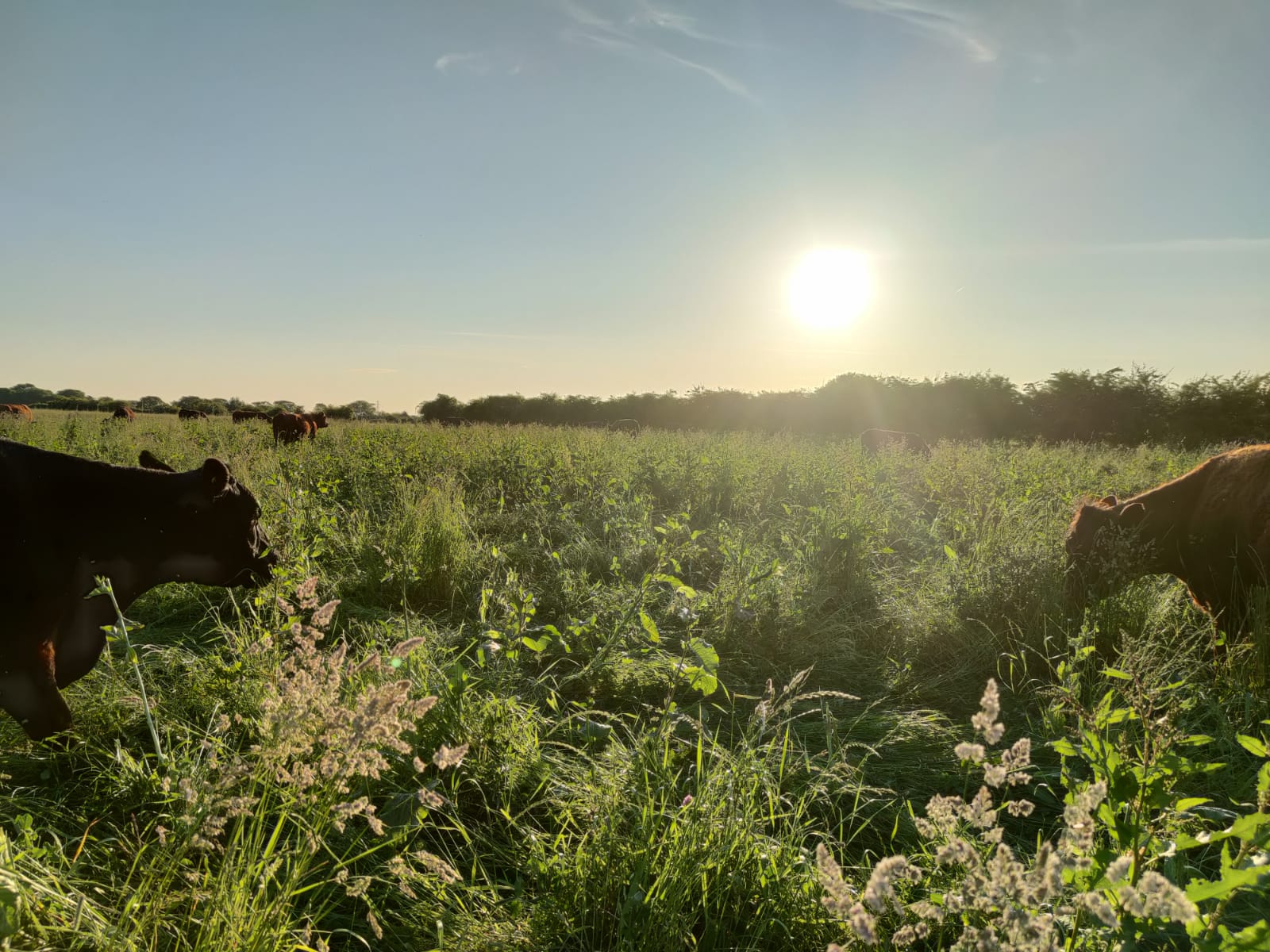



US redoubles efforts to monitor carbon levels in soil with $10 million investment
The USDA has launched the first phase of soil carbon monitoring efforts through an initiative with the Conservation Reserve Program.The US Department of Agriculture (USDA) is investing $10 million in a new initiative to sample, measure, and monitor soil carbon on Conservation Reserve Program (CRP) acres to better quantify the climate outcomes of the program.

CRP is an important tool in the Nation’s fight to reduce the worst impacts of climate change facing our farmers, ranchers, and foresters. This initiative will begin implementation in fall 2021 with three partners. This announcement is part of a broader, long-term soil carbon monitoring effort across agricultural lands that supports USDA’s commitment to deliver climate solutions to agricultural producers and rural America through voluntary, incentive-based solutions.
“These CRP Climate Change Mitigation Assessment Initiative projects will survey, sample and measure the climate benefits of land enrolled in CRP conservation practice types over time,” said Zach Ducheneaux, Administrator of USDA’s Farm Service Agency (FSA). “This data will help USDA better target CRP practices to achieve continued climate wins across environmentally sensitive lands while strengthening our modeling and conservation planning resources for all producers.”
These models include the Daily Century Model, or DayCent, which simulates the movement of carbon and nitrogen through agricultural systems and informs the National Greenhouse Gas Inventory. Data will also be used to strengthen the COMET-Farm and COMET-Planner tools, which enable producers to evaluate potential carbon sequestration and greenhouse gas emission reductions based on specific management scenarios.
USDA partners will conduct soil carbon sampling on three categories of CRP practice types: perennial grass, trees, and wetlands.

Perennial grasses
In consultation with USDA, Michigan State University will sample and measure soil carbon and bulk density of CRP grasslands (including native grass plantings, rangelands, and pollinator habitat plantings) at an estimated 600 sites across the US with a focus in the central states during this five-year project. This information will be used to model and compare the climate benefits of CRP. Partners include the University of Wisconsin-Madison, the University of Arkansas at Pine Bluff, Deveron, an agriculture technology company, and Woods End Laboratories.
Trees
Mississippi State University will partner with Alabama A&M University to collect above and below ground data at 162 sites across seven states documenting CRP-related benefits to soil and atmospheric carbon levels. Information will help further calibrate the DayCent model. This five-year project will focus within the Mississippi Delta and Southeast states.
Wetlands
Ducks Unlimited and its partners will collect data on carbon stocks in wetland soils as well as vegetation carbon levels at 250 wetland sites across a 15-state area in the central US. Data will support the DayCent and additional modeling. Partners for this five-year project include: Migratory Bird Joint Venture, Intertribal Research and Resource Center at United Tribes Technical College, Clemson University, Kenyon College, Lincoln University, Pennsylvania State University, the University of Missouri, and the University of Texas at Austin.

CRP monitoring, assessment and evaluation projects
These three Climate Change Mitigation Assessment Initiative projects are funded through FSA’s program to work with partners to identify Monitoring, Assessment and Evaluation (MAE) projects to quantify CRP environmental benefits to water quality and quantity, wildlife, and rural economies.
Applications for projects were welcome from all organizations, including public, private, nonprofit institutions, and educational institutions including historically Black colleges and universities, Tribal colleges and universities and Hispanic-serving institutions or organizations.
TheCattleSite News Desk


